Results
-
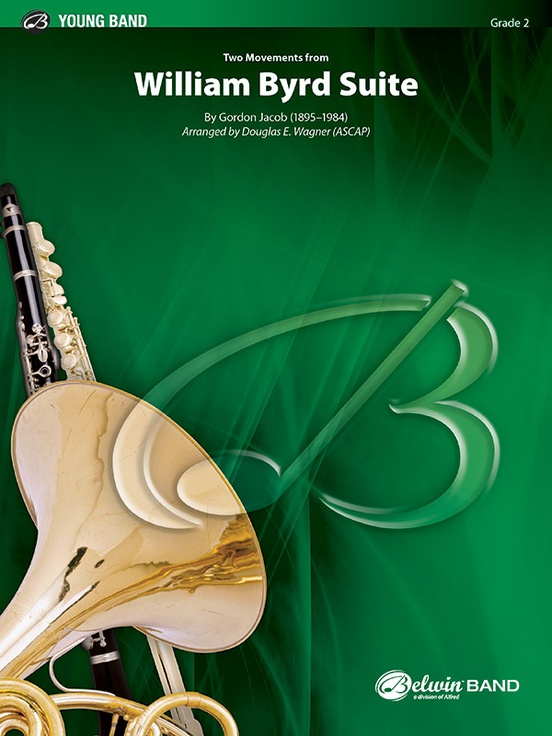 £61.95
£61.95William Byrd Suite, Two Movements from (Concert Band - Score and Parts) - Jacob, Gordon - Wagner, Douglas E.
Of all of Gordon Jacob's major contributions to the British wind band repertoire, the William Byrd Suite (written in 1923) stands as his most-often programmed work. Though originally based on six movements from William Byrd's Fitzwilliam Virginal Book, this setting for developing band incorporates two contrasting movements including "The Earle of Oxford's Marche" and "Wolsey's Wilde." Like Jacob's wind band work, the music is not a mere transcription from the original keyboard collection, but rather stylized with his own inventive musical spirit for modern concert band. A wealth of material here that opens doors to teachable moments as musical textures (dynamic contrasts, articulations, scoring options) are continually changing. Bravo! Duration: 2.30
Estimated dispatch 7-14 working days
-
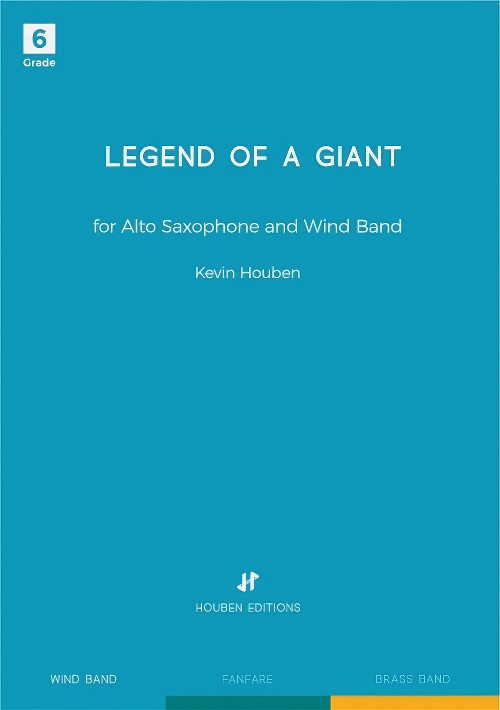 £149.00
£149.00Legend of a Giant (Also Saxophone Solo with Concert Band - Score and Parts) - Houben, Kevin
Legend of a Giant is a composition for solo alto saxophone and Wind Band composed by the Belgian composer Kevin Houben. The composer dedicated this challenging saxophone concerto to the Spanish saxophone virtuoso Mariano Garcia. The work had its premiere in May 2021 in the Lemmensinstitute with the Wind Band of the LUCA School of Arts in Leuven (Belgium) conducted by Ivan Meylemans. Mariano Garcia is a full time professor saxophone at the LUCA School ofArts, the Conservatorio Superior de Musica de Aragon in Zaragoza (Spain) and the Wiener Akademie Musik (Austria). As in any classical concerto the saxophone soloist 'competes' with the ensemble: first alternately, in dialogue with each other, afterwards fraternally together. Moreover the ensemble is regarded as an equal partner, therefore also for the musicians of the group, this cinematic score presents a tough challenge. Legend of a giant immerses the listener in the world of the saxophone and challenges the soloist in the field of lyricism and timbre, but also on a technical level. In this way various aspects and modern playing styles such as bisbigliandos, double staccato, frullatos, glissandos, harmonics of overtones, pass in review. In a word: a tough 'challenge' for any saxophone virtuoso! A simplified version of the saxophone solo part also exists.
Estimated dispatch 7-14 working days
-
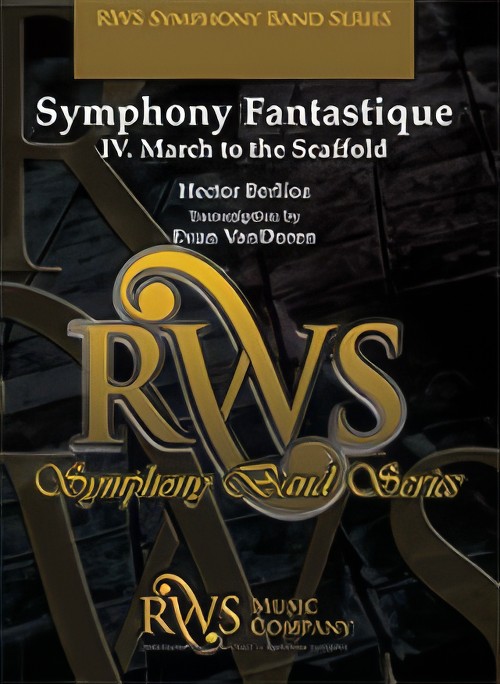 £150.00
£150.00March to the Scaffold (4th Movement from Symphony Fantastique) (Concert Band - Score and Parts) - Berlioz, Hector - VanDoren, Evan
Berlioz's most famous Romantic Era standard, "Symphony Fantastique" is a colorful, evocative musical masterpiece that continues to withstand the test of time, pleasing all audiences. In this transcription, Evan VanDoren has artfully crafted its fourth movement, "March to the Scaffold", for the modern wind ensemble, taking creative care to present the work in its truest form while maximizing playability! Duration: 4.45
Estimated dispatch 7-14 working days
-
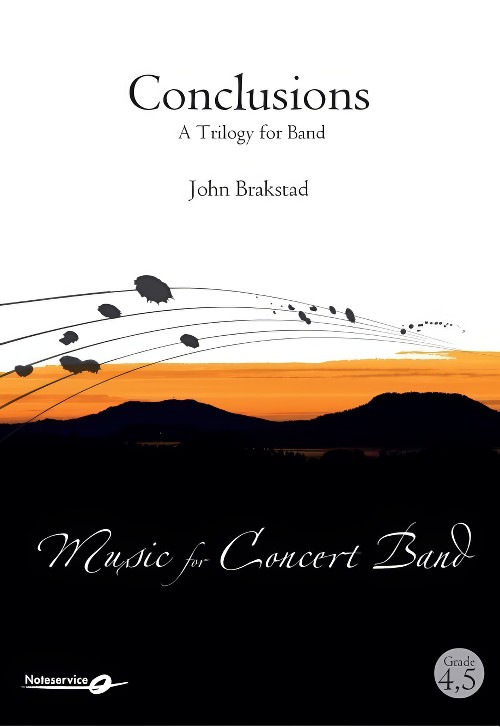 £140.00
£140.00Conclusions, A Trilogy for Band (Concert Band - Score and Parts) - Brakstad, John
Conclusions is inspired by three of the worlds greatest astronomers; their lifes, work and pioneering conclusions. 1: Copernicus. Nicolaus Copernicus lived in the 15th century. He introduced the idea that the planets rotate around the Sun rather than the Earth. This was a new and controversial world view which was not accepted in his lifetime. 2: Galileo. Galileo Galilei lived about a hundred years later and is sometimes called "the father of modern science". He is credited with the discovery of Jupiter's four largest moons. His discoveries supported Copernicus' model of the Solar System, and also showed that objects rotate around other planets than the Earth. Galilei was charged with heresy, and had to recant his claim that the Earth revolved around the Sun. "And yet it does move", he is supposed to have said. 3: Newton. Isaac Newton is known for his theory about the law of gravity and how it affects motion. This theory enabled him to accurately calculate the paths of the planets in the Solar System, and was a third conclusion in the astronomical tradition. In the same way that the three astronomers' independent conclusions build on ideas that are common to all three, Conclusions is built up of three independent movements which all include references to each other (melodic, harmonic, inversions etc.) Duration: 11.00
Estimated dispatch 7-14 working days
-
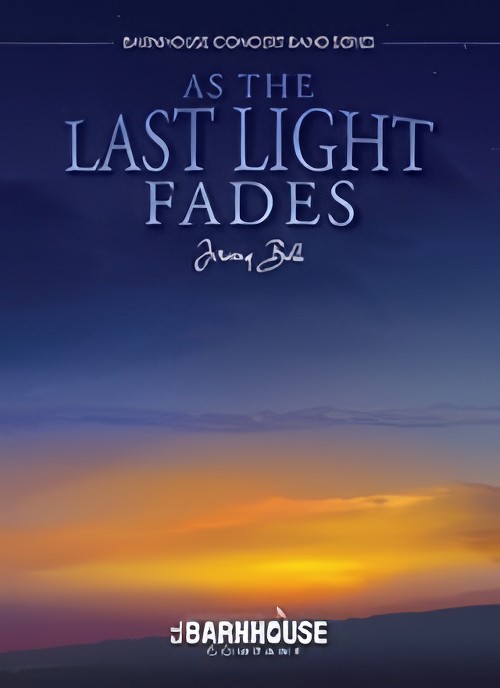 £72.00
£72.00As the Last Light Fades (Concert Band - Score and Parts) - Bell, Jeremy
As the Last Light Fades is a programmatic work, capturing the gradual shift when the sunset gives way to a brief moment of twilight, and the stars begin to take their place in the heavens waiting for darkness to blanket the sky. As the sun starts to descend beyond the horizon, a light rainfall plays percussively on the leaves hanging above. The music conveys the feeling of peace and tranquility that one can only really experience in nature, an ethereal and almost transcendent connection, undisturbed by the disruptions of the modern world. Duration: 3.45
Estimated dispatch 7-14 working days
-
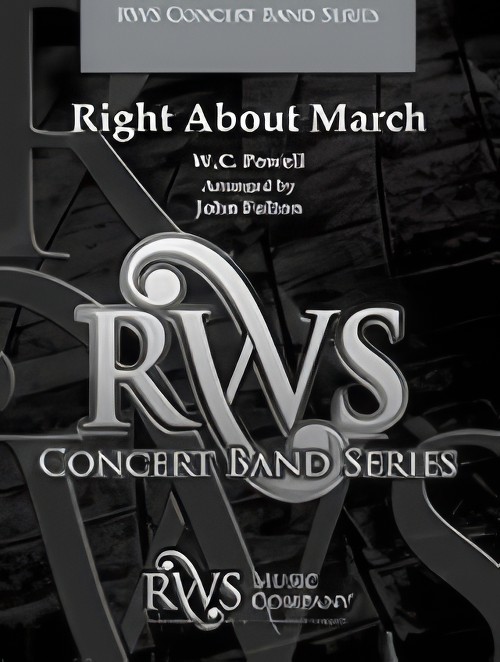 £75.00
£75.00Right About March (Concert Band - Score and Parts) - Powell, W. C. - Fulton, John
Originally composed for piano in 1908 by W. C. Powell, Right About March has been arranged for the modern concert band by John Fulton. This upbeat march works well as a concert opener and is appropriate for all seasons, including music performance assessment. Duration: 2.00
Estimated dispatch 7-14 working days
-
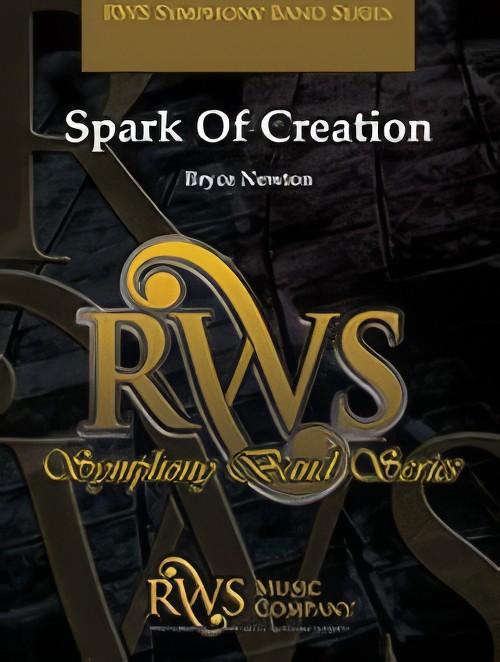 £130.00
£130.00Spark of Creation (Concert Band - Score and Parts) - Newton, Bryce
Depicting the creative work of American inventor Charles F. Kettering, Bryce Newton's Spark of Creation portrays the relentlessly inventive nature of Kettering's mind. After a bold and driving introduction, the piece gives way to a lush chorale, symbolic of the success and extreme merit of Kettering's contributions to our modern society. Spark of Creation merges history, music and the curiosity of the human mind into a setting that your students and audiences will thoroughly enjoy. An outstanding selection for festivals and contests! Duration: 4.30
Estimated dispatch 7-14 working days
-
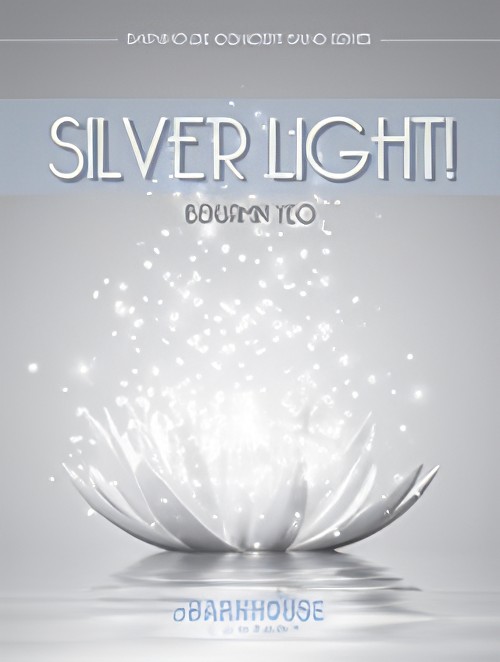 £72.00
£72.00Silver Light! (Concert Band - Score and Parts) - Yeo, Benjamin
Modern and spectacular, Silver Light! is guaranteed to be an impressive opener for your next concert! Together with optional piano, harp and extended woodwind parts for a larger instrumentation, Benjamin Yeo's powerful scoring makes this a refreshing and unforgettable selection for both your performers and audiences. Do not miss this strong beam of Silver Light! in your next program! Exciting!Duration: 2.30
Estimated dispatch 7-14 working days
-
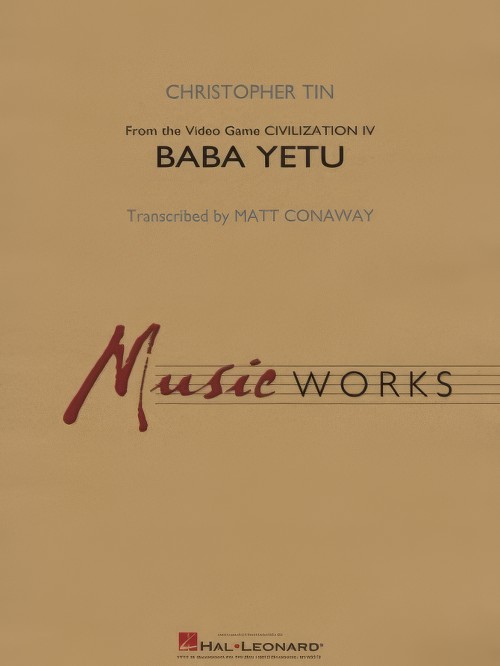 £79.99
£79.99Baba Yetu (from Civilization IV) (Concert Band - Score and Parts) - Tin, Christopher - Conaway, Matt
Although composed for a video game, this African-flavored modern masterpiece has taken on a life of its own in pop culture as well as on the concert stage. This transcription by Matt Conaway matches the original orchestration and is compatible with the composer's own version for chorus. Performed with or without chorus, the effect is dramatic and moving. Duration: 3.30
Estimated dispatch 7-14 working days
-
 £45.00
£45.00Skyward Bound (Concert Band - Score and Parts) - Swearingen, James
Bold and energetic best describes the modern sounds of "Skyward Bound," a "soon to be" favorite of your ensemble. Following a powerful introduction, the low brass is given the unique opportunity to introduce a beautiful and rich sounding theme. The full ensemble then takes over while the excitement and joy of the work continues growing to a spectacular and well-stated conclusion. Be prepared for a thunderous ovation from your audience! Musically exciting! Duration: 1.30
Estimated dispatch 7-14 working days
